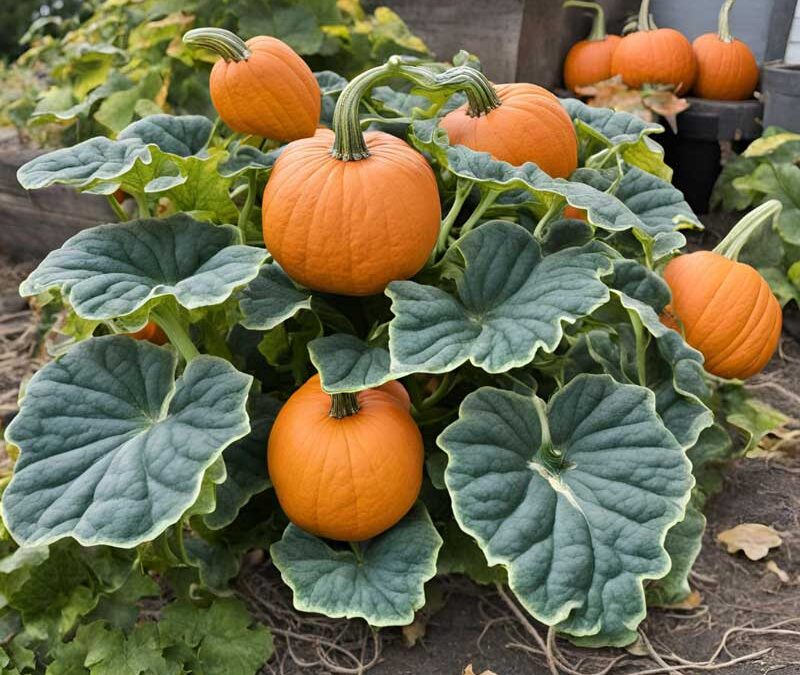Companion planting is a wonderful way to enhance your garden, and when it comes to pumpkin companion plants, choosing the right neighbors can make a big difference. By planting compatible plants alongside your pumpkins, you can boost their growth, deter pests, and even improve the flavor of your harvest. Imagine your pumpkin patch thriving with vibrant colors, buzzing with beneficial insects, and producing bountiful pumpkins, all thanks to the smart choice of companion plants. Embracing pumpkin companion plants not only leads to a healthier garden but also creates a more beautiful and efficient growing space
Good Companion Plants for Pumpkins
Sunflowers
Sunflowers make excellent companions for pumpkins. They provide natural shade and act as a windbreak, protecting the delicate vines. Additionally, sunflowers attract pollinators like bees, which are essential for pumpkin fruit set. One consideration is to plant sunflowers on the north side of the pumpkin patch to prevent shading the pumpkins too much.
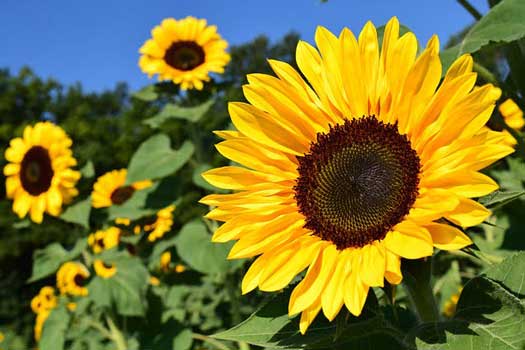
Chives
Chives are a wonderful addition to a pumpkin garden. They deter pests such as aphids and enhance the flavor of pumpkins. Their beautiful purple flowers attract beneficial insects. Just remember to trim them back to prevent overcrowding.
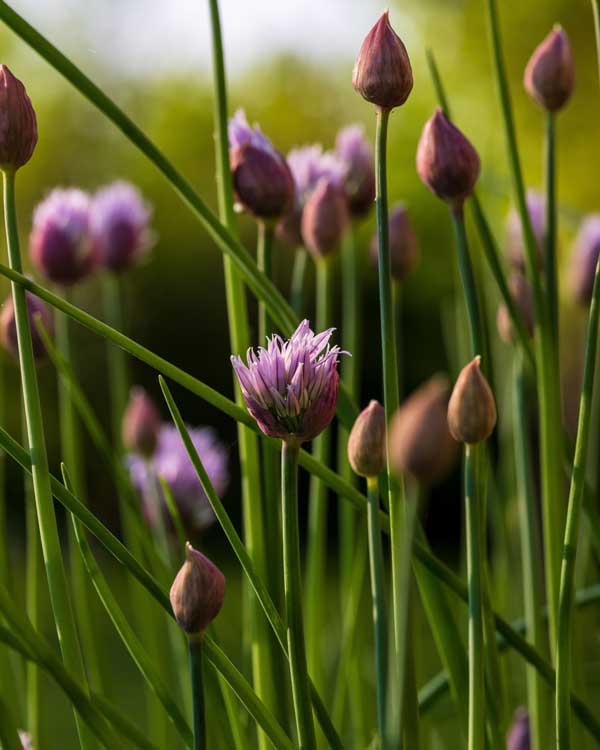
Oregano:
Oregano is a fantastic companion for pumpkins due to its pest-repellent properties. It keeps harmful insects at bay while attracting pollinators. Moreover, oregano’s low-growing nature means it won’t compete for space, allowing your pumpkins to thrive
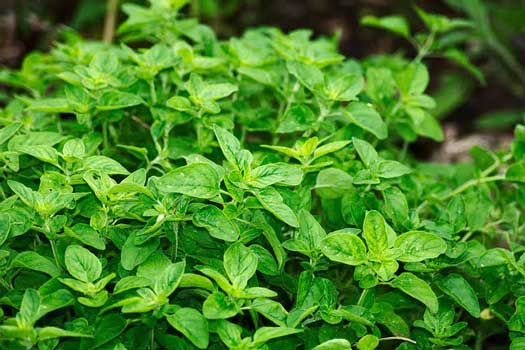
Beans
Beans are the ultimate pumpkin partner. They fix nitrogen in the soil, enriching it for pumpkins, which are heavy feeders. This symbiotic relationship ensures both plants grow vigorously. Consider using pole beans to maximize vertical space.

Corn
Corn and pumpkins are classic companions in a “Three Sisters” planting. Corn provides a natural trellis for pumpkin vines, while pumpkins keep the soil cool and moist. This mutually beneficial relationship boosts growth for both crops. Plant corn first to ensure it’s tall enough to support the vines.
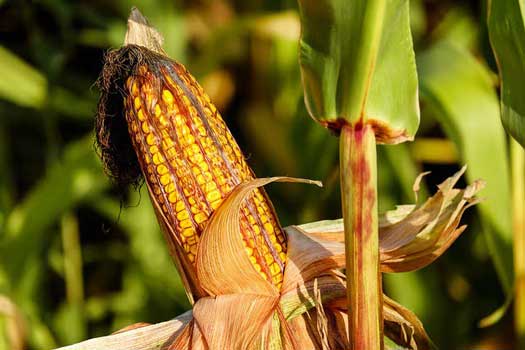
Radishes
Radishes are quick-growing and help break up the soil, improving aeration and water penetration for pumpkin roots. They also deter pests like cucumber beetles. Harvest radishes early to make room for the sprawling pumpkin vines.
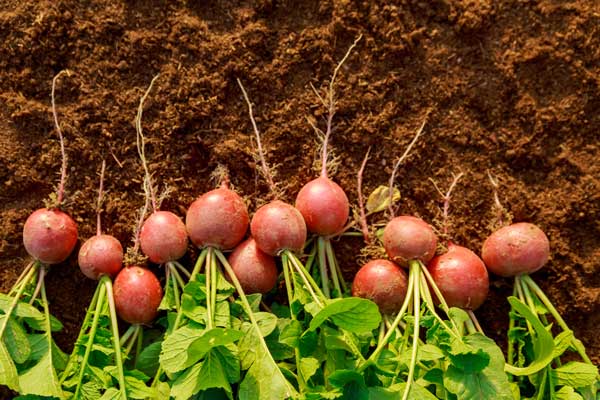
Chamomile
Chamomile, with its lovely flowers, is a delightful companion for pumpkins. It attracts beneficial insects and improves the flavor of pumpkins. Plus, chamomile is known for its calming effects, making your garden a peaceful haven. Plant chamomile among your pumpkins to maximize these benefits.
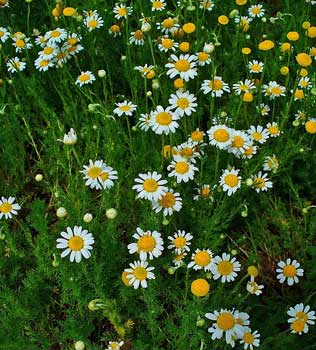
Marjoram
Marjoram is an excellent companion plant, attracting pollinators and repelling certain pests. Its aromatic leaves add a delightful fragrance to your garden. Additionally, marjoram is low-growing, so it won’t compete with pumpkins for space or sunlight.

Borage
Borage is a star companion plant for pumpkins. Its beautiful blue flowers attract pollinators, while its leaves improve soil quality by adding trace minerals. Borage also deters pests like tomato hornworms. Plant borage near pumpkins to enhance their growth and health.
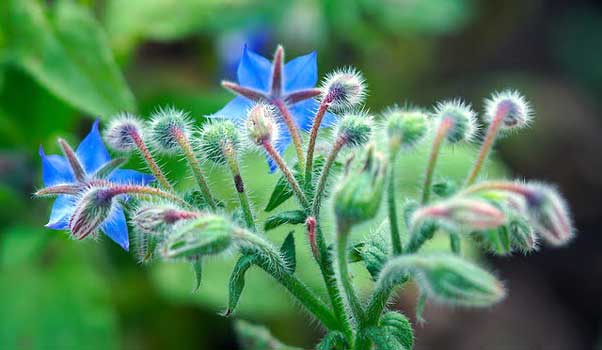
Nasturtiums
Nasturtiums are an excellent companion for pumpkins. They attract aphids away from pumpkins, acting as a trap crop. Additionally, nasturtiums repel squash bugs and improve the overall health of the garden with their vibrant flowers. Their trailing habit helps cover the ground, reducing weed growth and retaining soil moisture.
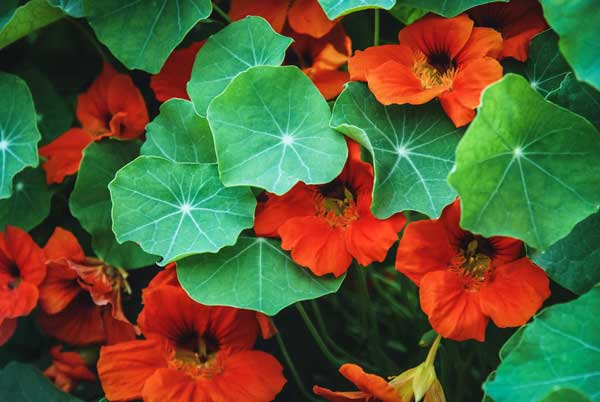
Dill
Dill is a fantastic addition to a pumpkin patch. It attracts beneficial insects like pollinators and predatory wasps that help control pests. Dill’s feathery foliage doesn’t compete with pumpkins for space, making it an ideal companion. Just be mindful to plant dill away from carrots to avoid cross-pollination.

Tansy
Tansy is highly effective at repelling ants, cucumber beetles, and squash bugs, which are common pests for pumpkins. This plant’s bright yellow flowers also attract beneficial insects. However, tansy can be invasive, so it’s best to keep it in check to prevent it from overtaking your garden.
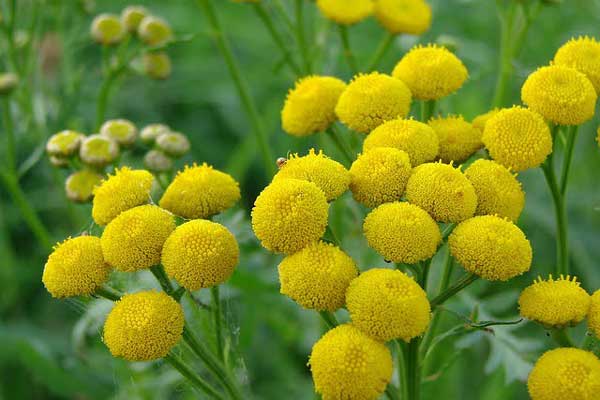
Catnip
Catnip is not only loved by cats but also a valuable companion for pumpkins. It effectively repels squash bugs and aphids, protecting your pumpkins from these pests. Additionally, catnip’s fragrant leaves make it an attractive addition to your garden. Keep it pruned to prevent it from spreading too much.
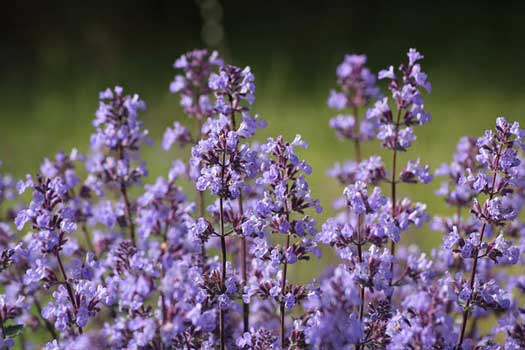
Yarrow
Yarrow is a powerhouse companion plant. It attracts beneficial insects such as ladybugs and lacewings that prey on common pumpkin pests. Yarrow also improves soil health by adding nutrients and helps other plants increase their essential oil content. Its drought tolerance makes it a low-maintenance addition to your pumpkin patch.
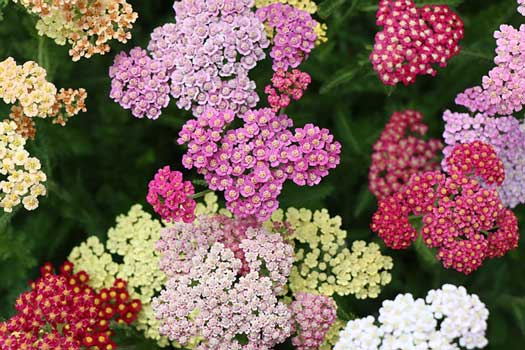
Cilantro (Coriander)
Cilantro, or coriander, is a wonderful companion for pumpkins. It attracts beneficial insects and enhances the overall health of pumpkin plants. Cilantro’s fast-growing nature means you can harvest it multiple times in a season. However, it prefers cooler weather, so consider planting it early in the growing season.
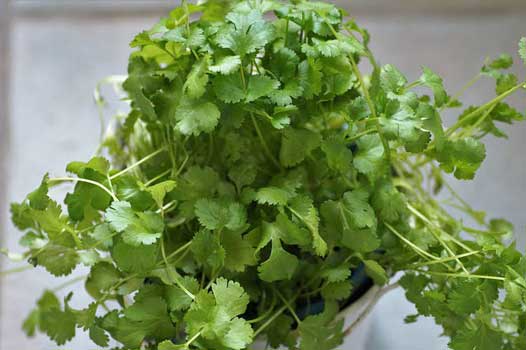
Garlic
Garlic is a must-have companion plant for pumpkins. It repels aphids and other pests while improving the soil’s health. Garlic’s strong scent deters many unwanted insects, ensuring your pumpkins remain healthy. Plant garlic cloves around the perimeter of your pumpkin patch for maximum benefit.

Peas
Peas, like beans, fix nitrogen in the soil, enriching it for pumpkin growth. They provide a valuable nutrient boost, ensuring your pumpkins thrive. Additionally, peas grow quickly and can be harvested before the pumpkins need the extra space. Plant them early in the season for the best results.
Read About: Companion Plants For Peas

Mustard Greens
Mustard greens serve as an effective trap crop for pests, drawing them away from pumpkin plants. This reduces the pest pressure on your pumpkins, allowing them to grow more vigorously. Mustard greens are also edible and can be harvested for their nutritious leaves.
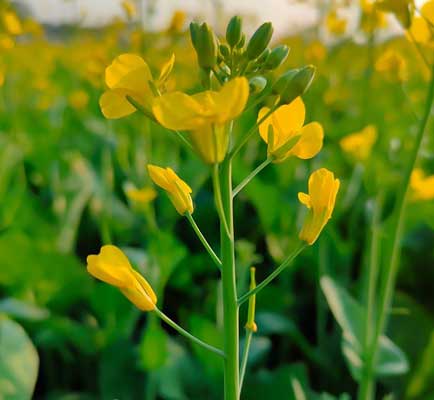
Spinach
Spinach is a versatile companion plant that can be grown as a ground cover to help retain soil moisture and prevent weed growth. Its low-growing habit makes it an excellent understory plant for pumpkins. Plant spinach in early spring or fall to take advantage of cooler temperatures.

Lettuce
Lettuce can be interplanted with pumpkins to utilize space efficiently and help shade the soil, keeping it cool and moist. This helps reduce water evaporation and weed growth. Lettuce grows quickly, allowing you to harvest it before the pumpkins need more room.

These companion plants create a beneficial environment for pumpkins, promoting healthy growth and reducing pest issues. By strategically incorporating these plants, you can enjoy a thriving, productive pumpkin patch
Bad Companion Plants for Pumpkins
Lavender
Lavender, while beautiful and fragrant, is not suited for companionship with pumpkins. It favors dry, sandy soils and full sun, which are different from the rich, moist soil conditions that pumpkins require. This disparity in growing needs means lavender can compete with pumpkins for nutrients and space, leading to stunted growth for both plants.
Rosemary
Rosemary is another herb that does not pair well with pumpkins. Like lavender, rosemary thrives in well-drained, dry conditions. This preference for drier soil makes rosemary a poor neighbor for pumpkins, as it can compete for water and nutrients, ultimately hindering the growth of both plants.
Basil
Basil, a beloved culinary herb, is not the best neighbor for pumpkins. It prefers warmer, more humid conditions and can compete with pumpkins for space. Additionally, basil’s preference for frequent watering does not align well with the growing conditions that pumpkins thrive in, leading to potential conflicts in care.
Thyme
Thyme, much like sage and rosemary, prefers dry, well-drained soil conditions. This herb’s growing requirements are at odds with those of pumpkins, which need more moisture and richer soil. As a result, thyme can compete with pumpkins for essential nutrients and space, negatively impacting pumpkin growth.
Cucumbers
Cucumbers are not suitable companions for pumpkins due to their similar growth habits and nutrient needs. Both plants are heavy feeders and require ample space to spread. Planting cucumbers near pumpkins can lead to competition for nutrients and space, resulting in reduced yields and overall growth for both crops
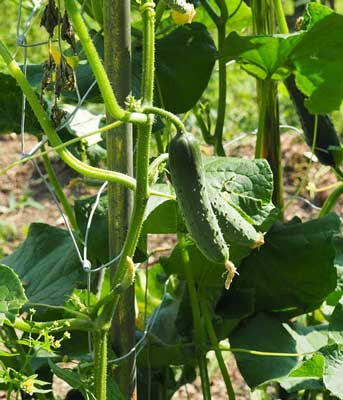
FAQ on Pumpkin Companion Plants
What are bad companion plants for pumpkins?
Bad companion plants for pumpkins include sage, lavender, rosemary, mint, marigolds, basil, parsley, thyme, and cucumbers. These plants either have different growing needs, compete for resources, or can attract pests that harm pumpkins.
What can I plant with pumpkins?
You can plant beneficial companions such as sunflowers, chives, oregano, beans, corn, radishes, chamomile, marjoram, borage, nasturtiums, dill, tansy, catnip, yarrow, cilantro, garlic, peas, buckwheat, mustard greens, spinach, and lettuce with pumpkins. These plants help improve growth, deter pests, and enhance the overall health of the pumpkin patch.
Can I plant sunflowers and pumpkins together?
Yes, you can plant sunflowers and pumpkins together. Sunflowers provide natural shade and act as a windbreak, protecting pumpkin vines. They also attract pollinators, which are essential for pumpkin fruit set, making them excellent companions.
What not to plant near pumpkins?
Avoid planting sage, lavender, rosemary, mint, marigolds, basil, parsley, thyme, and cucumbers near pumpkins. These plants can inhibit pumpkin growth, compete for resources, or attract pests that harm pumpkins.
Can you plant zucchini and pumpkins together?
It is not recommended to plant zucchini and pumpkins together. Both plants are heavy feeders and require ample space to spread. Planting them together can lead to competition for nutrients and space, resulting in reduced yields for both plants.
What are the best companion plants for pumpkins?
The best companion plants for pumpkins include sunflowers, chives, oregano, beans, corn, radishes, chamomile, marjoram, borage, nasturtiums, dill, tansy, catnip, yarrow, cilantro, garlic, peas, buckwheat, mustard greens, spinach, and lettuce. These plants improve growth, deter pests, and enhance the health of pumpkin plants.
Can you plant peppers and pumpkins together?
It is not ideal to plant peppers and pumpkins together. Both have different nutrient and space requirements, which can lead to competition and reduced yields. It’s better to plant peppers with companions that have similar needs.

Conclusion on Pumpkin Companion Plants
Embracing pumpkin companion plants is a smart and effective way to cultivate a thriving and productive garden. By strategically selecting plants that complement and support your pumpkins, you can enhance growth, deter pests, and improve soil health. The beauty of companion planting lies in its simplicity and natural synergy, creating a harmonious garden ecosystem. Whether you choose sunflowers for their pollinator attraction, chives for pest deterrence, or beans for nitrogen fixation, each companion plant brings unique benefits to your pumpkin patch. So, plant wisely and enjoy a bountiful harvest, knowing that your pumpkins are growing in a well-balanced and nurturing environment.

